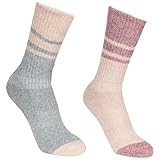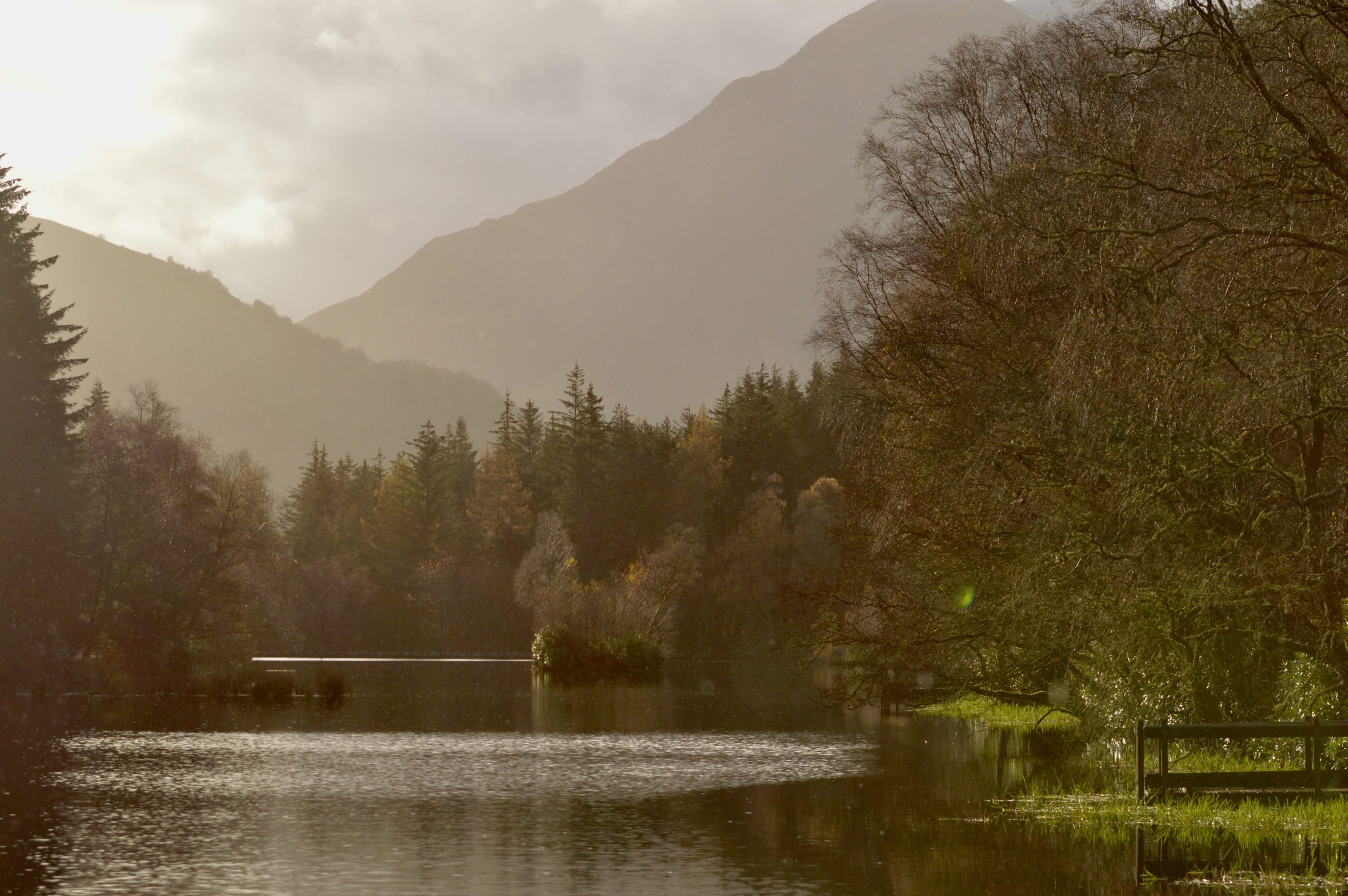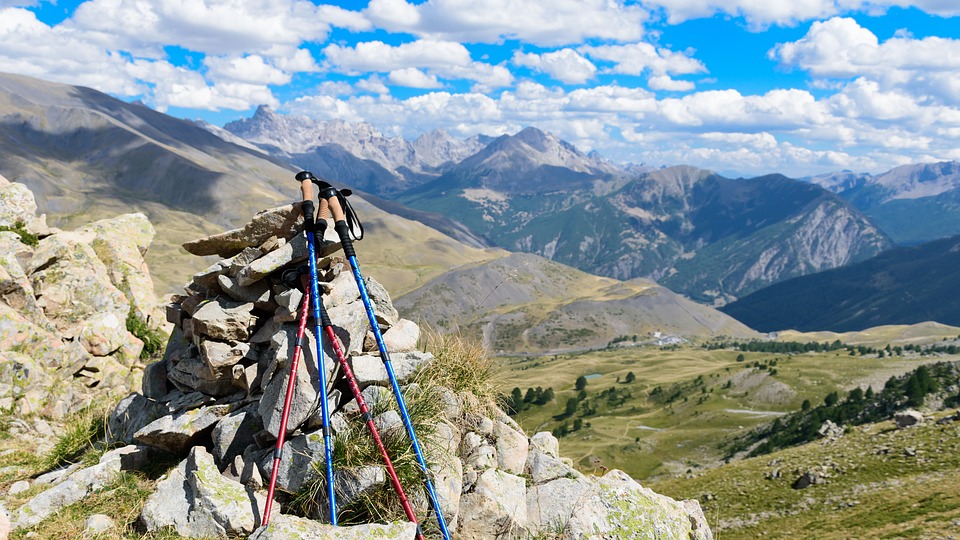I think it’s only a tad dramatic to say that a blister is one of the most annoying/painful/generally miserable things that can happen to you out on a hike.
It’s so rubbish. How can something so small cause so much pain?
I hate them. And actually (dare I say it and jinx it?) despite my thousands of kilometres hiking in the UK in the last couple of years, it has been over 2 years since I last had a blister.
So here are some tips to avoid blisters while out hiking based on the things that have worked best for me!
1. The Humble Blister Plaster is the SINGLE GREATEST Invention Known to Man
Well. Maybe a slight exaggeration. But honestly, these things are amazing not just for helping eradicate pain when you have a blister, but for preventing them too.
I keep them in my hiking bag at all times and if I suspect I’m feeling even the tiniest bit of friction, I stick one one and nothing bad ever happens!
I use these ones cos they are SIGNIFICANTLY cheaper than the leading brand and, imho, do exactly the same job.
2. Don’t Ever Walk New Boots in on Long Hikes
Don’t do it to yourself. I have a rule when I get new boots, especially if they’re a model or brand I’ve never had before:
- Wear them around the house for an hour a day for a few days
- Take them outside on a short couple of km walk
- Up it to 5km but short and flat
- THEN take them out on a longer hike
My worst blisters ever came from wearing in new hiking boots on a hike itself. Why did I do that?!
Never again.
3. Anti Blister Socks
I was a complete and utter cynic when someone first suggested anti blister socks to me. Now I remain cynical about spending a fortune on them.
I tried a number of different ones and in the end I keep coming back to these Trespass socks which have a lining inside them. So essentially if there’s going to be any rubbing the layers rub against each other as opposed to against your skin!
4. I Leave the Hard Skin Alone Before Long Hikes
I have absolutely no idea whether this is a good idea or not. But over the course of a busy hiking season, my feet tend to get quite hard. I keep on top of my foot care a lot. But I don’t do foot peels, scraping or softening of any kind within a few days of a big hike.
A few years back I did a foot peel (those bags you stick your feet in for an hour and then in the days that follow all your dead skin falls off) and a few days later tackled a really long 30km or so hike. I had blisters from the boots I’ve been wearing for a year in places I hadn’t previously had blisters.
So I swore I would leave the harder skin in the run up to big hikes.
5. Change my Socks Mid Hike
Sweaty feet causes more friction. More friction causes blisters. So if I’m out on a particularly long hiking day I will routinely change my socks. And even on a short day, I change my socks if my feet get wet!
6. Ditch the Boots at the Soonest Possibility
As soon as I’m back at my car, I’m out of my boots and into my trainers. And sometimes on particularly long days, if I know there’s going to be sections of hiking on road or tarmac pathways, I’ll even take trainers in my bad for that section.
What about you?
What are your blister prevention secrets?!








